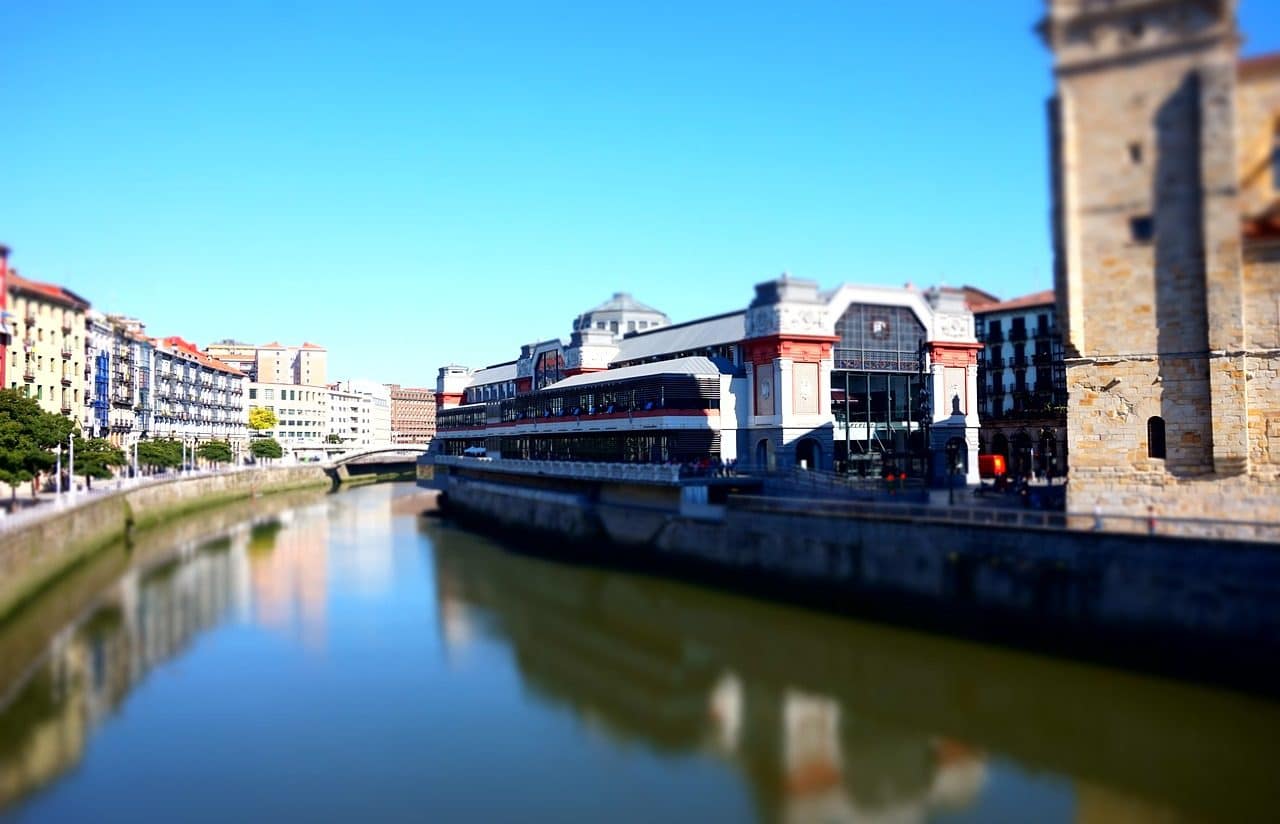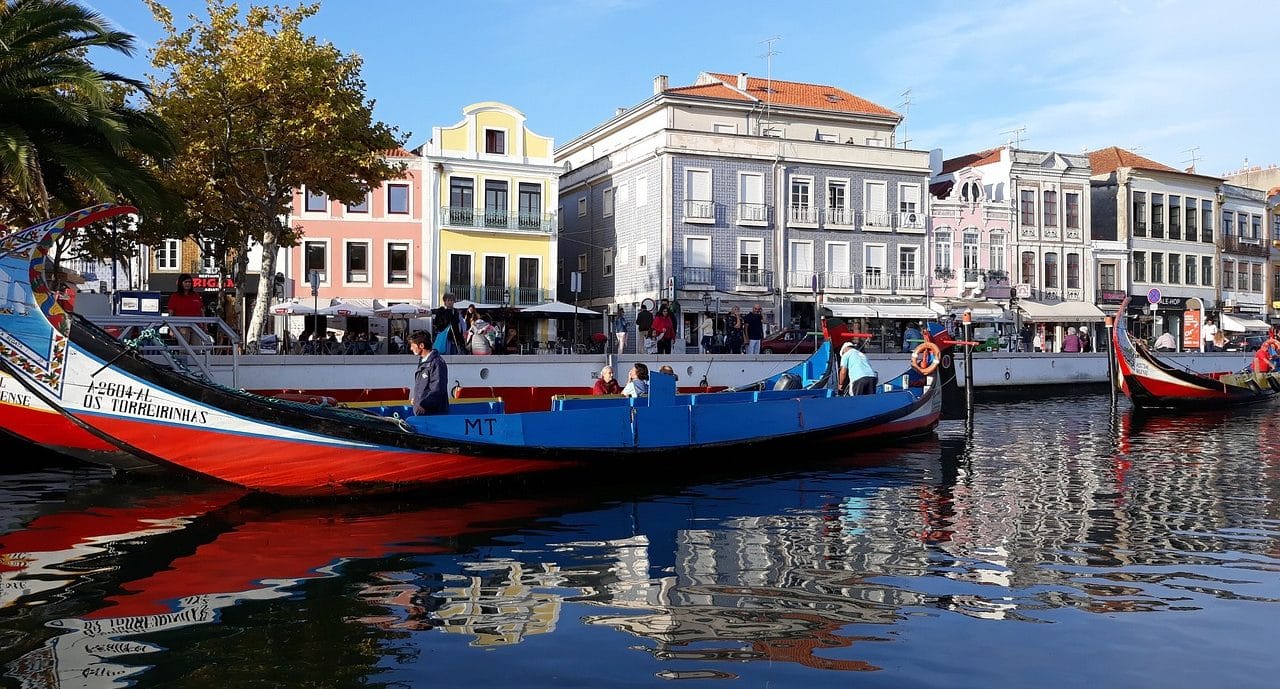
An estuary is a geomorphological accident.
An estuary is a geomorphological accident that occurs when the sea penetrates the coast because the coastline of a river basin is submerged. This is caused by the shape that a river valley takes in the mouth area of a river : the valley ends up submerged under the ocean due to the increase in water level.
In simpler words, it can be said that the estuary is an arm of the sea that ends up entering the coast . The estuary, therefore, implies the existence of a river valley that is flooded by high sea level.
Before moving forward with the meaning of the term, it is important to know its etymological origin. In this case we can determine that it is a word that appears as a feminine version of river , which derives from the Latin rivus , translatable as "water course" .
Characteristics of an estuary
In the estuaries, sea water meets river water, since one or more rivers can flow into this body of water that is located in a coastal region and is open to the sea.
The most common cause for the development of an estuary is the flooding of the valley due to rising sea levels. In some cases, however, the estuary can be created by land subsidence . Although estuaries are similar to fjords, it must be taken into account that they arise from the erosion caused by glaciers.
It should be noted that an estuary can house islets and inlets . They generally have a funnel shape that widens until it reaches the sea.

In Portugal is the Aveiro estuary, recognized for its biodiversity.
Some examples
It is possible to find estuaries in various parts of the world . In Spain , for example, there are the Ría de Arosa , the Ría de Ferrol , the Ría de Pontevedra , the Ría de Bilbao and the Ría de Cubas . Mexico has the Ría Celestún and the Ría Lagartos , while in Argentina there is the Ría del Tuyú (also known as Ría de Ajó ) and the Ría Deseado .
However, in addition to those mentioned, there are other equally important estuaries such as these:
- Ría de Huelva , which is located south of the Andalusian province of Huelva ( Spain ). It is very important since at the beginning of the 20th century , an important set of objects from the Bronze Age was discovered there. Likewise, its surroundings are truly spectacular, if we take into account the existence of the La Rábida Monastery or the Marismas del Odiel Natural Area .
- San Vicente estuary . This is located in the north of Spain , in Cantabria , and more precisely in the tourist municipality of San Vicente de la Barquera . It has become one of the most emblematic images of the town, since the famous San Vicente bridge stands on it, which has semicircular arches.
- Ribadeo estuary . This other enclave is located in the Spanish autonomous community of Asturias , which is considered a nature reserve. However, it should be noted that one of its parts is in Galician lands. The Río Grande , the Suarón river and the Aesquilo stream flow into it.
